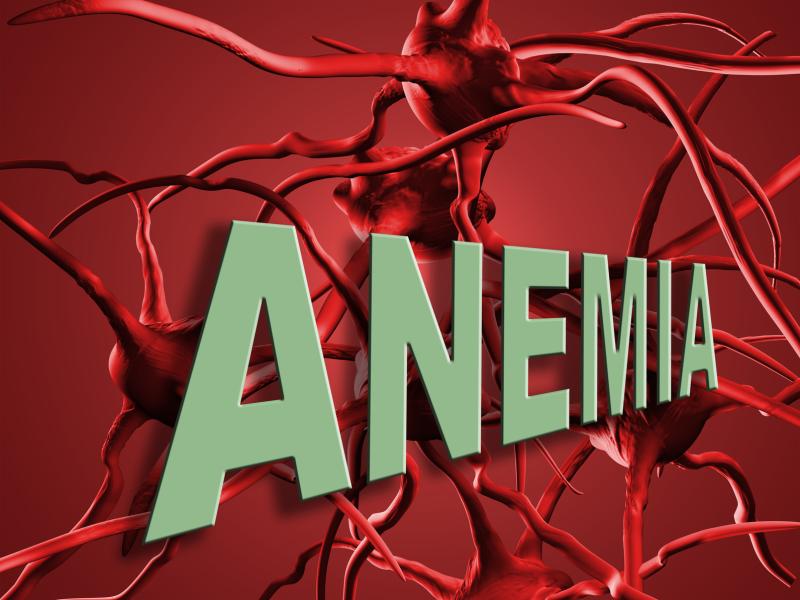
Treatment with intravenous (IV) ferric carboxymaltose (FCM) safely and effectively treats iron-deficiency anaemia in patients undergoing peritoneal dialysis (PD), as shown in a recent study.
The safety analysis included 91 PD patients (mean age, 57.7 years) who initiated FCM treatment, while the efficacy analysis involved 70 patients (mean age, 50.9 years). All patients had available follow-up data of up to 12 months.
There was no hypersensitivity reaction documented, nor were there instances of FCM discontinuation or dose adjustment due to a serious adverse event (SAE). The most common non-SAEs were headache (four events), mild hypotension (three events) and hypertension (two events), among others.
In terms of efficacy, a large portion of patients achieved ferritin levels of 200–800 ng/mL (68.6 percent), transferrin saturation (TSAT) >20 percent (78.4 percent), and TSAT >20 percent and ferritin >200 ng/mL (62.8 percent) after 12 months of FCM initiation (p<0.01). Haemoglobin (Hb) levels remained at >11 g/dL with a lower dose of darbepoetin throughout the follow-up.
A subgroup analysis of patients naïve to IV iron and with absolute vs relative iron deficiency (n=51) revealed that 76.5 percent had ferritin levels >200 ng/mL, 80.4 percent had TSAT >20 percent, and Hb levels increased (1.2 g/dL) following 4 months of FCM treatment (p<0.01).
Although prospective studies are warranted, the present data indicate that “a high-dose and low-frequency strategy with FCM concurrent with routine hospital visits could be easily adapted to home PD,” researchers said.